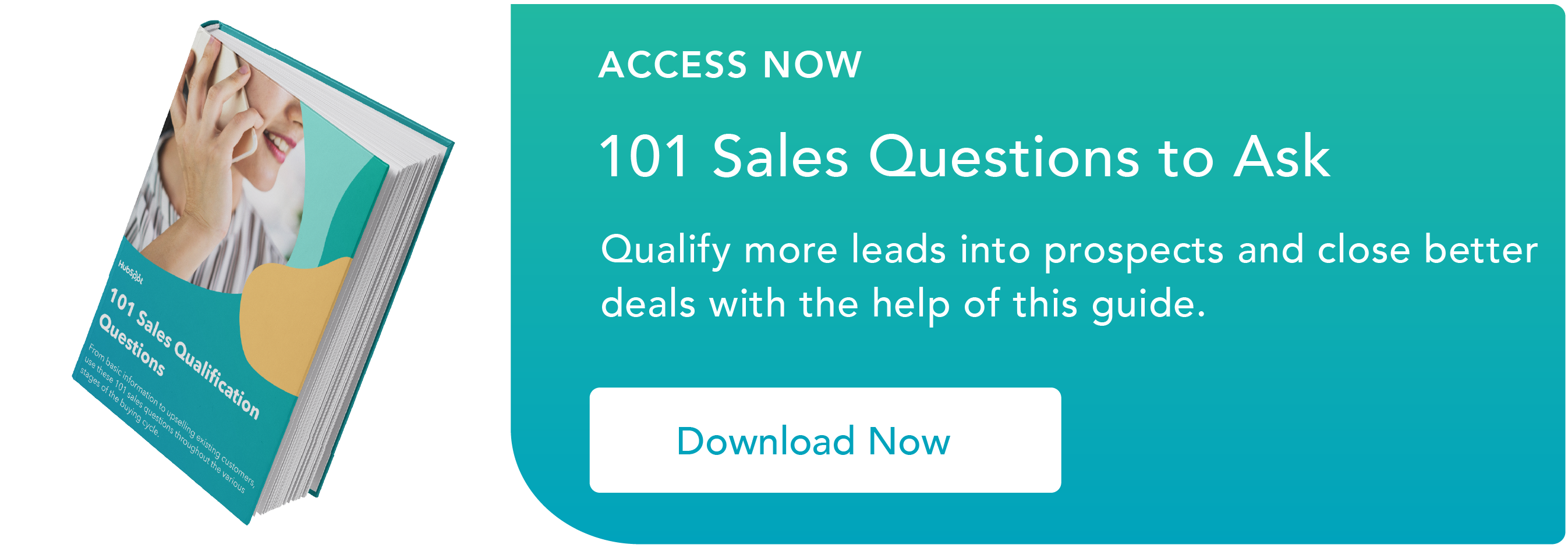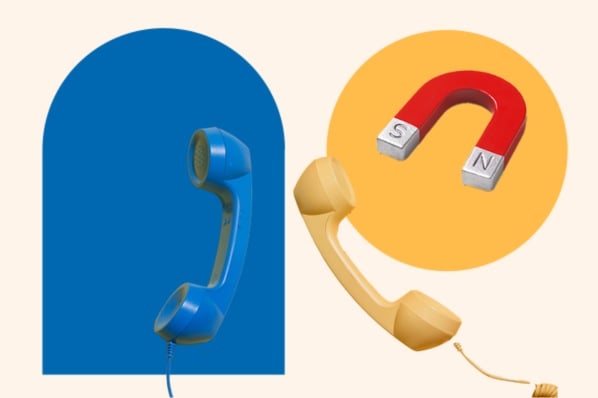A sales prospect may be someone who works for a decision-maker who is browsing the market for their boss. A prospect may be a decision-maker or someone who can influence others and make a final purchasing decision.
You can think of it like this: a suspect may call you first, but you’ve had no history of contact with them. They may be interested in what you have to offer and ask questions, but they don’t give information about their needs or explain why they’d purchase your product or service. They provide no buying timelines and don’t divulge information that would help you guide them down the right path.
A prospect can be someone you already have a record of contact with, and you already know their pain points. During your conversations, they’ll give proprietary information that gives insight into their situation and why they’re considering your service. They may provide potential timelines and financial information.
Key Differences Between Suspects and Prospects
Let’s summarize the key differences between suspects and prospects and who they may be in relation to your business.
| Suspect | Prospect |
| Match the traits of someone that might buy what you have. | Match the ideal customer profile. |
| Don't give proprietary information during conversations or any information that you couldn't find on your own. | Willing to share personal information and details of their situation. |
| Only engage with you when it's safe; maybe they'll only reach out once or twice. | Engage with you and your business consistently to learn more about what you have to offer. |
| An everyday employee or businessperson that doesn't necessarily have the power to make final decisions. | A decision maker or someone who is part of a purchasing team. |
>8 Questions That Separate Prospects From Suspects
Given the importance of differentiating between suspects and qualified leads, we've compiled a list of guiding questions for salespeople to refer to during conversations with potential clients.
1. Have they tried to address their pain points before?
Understanding how a client has come to be in conversation with you can give valuable insight into their position as a lead.
When asked this question, a suspect might say no. They may have issues, but this is the first time they're browsing the market, so they're not sure what they need.
A prospect has likely tried to find solutions before but hasn't yet found a satisfactory product or service. They will go more in-depth when explaining the reasons why their previous search was unsuccessful. They'll give you the information you need to understand more about their situation.
2. Have they shared proprietary information?
A lead that is willing to share private information with you is one that has confidence in your relationship and a real interest in talking substantively about how your product or service would fit into their business. This person is likely a prospect.
“I listen for my prospects sharing confidential, proprietary information early on in the sales call,” Hunter says. “The sooner they share it with me, the sooner I know they’re beginning to reach a level of confidence with me.”
3. Do they have a current solution in place?
It's helpful to know whether or not your lead has a solution in place because it gives valuable insight into what they’ve tried before, and how your solution compares to their other options.
Both suspects and prospects may already have a solution in place, but a suspect would be hesitant to give further information about what they’re using. A prospect will answer your question and then detail their reasons for browsing elsewhere, like not getting the results they need from their current service. Having this information makes it easier to urge them down the sales funnel, as you'll know how to market your product or service to them as a solution to their current pain points.
4. Are they willing to share a critical need?
Like proprietary information, sharing a critical business need signals that a lead is ready to talk seriously. These people are prospects, as they’ll tell you exactly where they’re struggling and will likely want your help.
If a lead is reluctant to divulge pain, it means they’re not yet confident you’ll be able to provide value to them; they should then be qualified as a suspect. Don’t make leads feel you’re pushing them too close too soon, Hunter said. Instead, be willing to make the prospecting phase as long as necessary. Keep in mind that gathering information upfront will make for a faster close.
5. Do you know the prospect's timeline for making a decision?
Hunter says that the single most significant factor responsible for inaccurate pipelines is time. Salespeople should prioritize leads looking to buy sooner rather than later, and these people are prospects.
You can’t make projections for the quarter without a sense of how soon a lead will be ready to buy, and spending time working on a lead that won’t close for another two years can be a waste of time.“The most critical asset you have as a salesperson is your time,” Hunter says. “Don’t think for a moment that your most valuable asset is your price.”
Ask your prospects for their timelines early on, and pass them to marketing for further nurturing if they’re not yet ready to make a decision.
6. What will their day-to-day look like if they don't buy from you?
This question makes it very easy to tell who you're speaking with. Suppose a lead says that their day-to-day tasks will be challenging or that it will be hard to reach daily or weekly objectives. This person is a prospect because they're letting you know they're serious about needing a solution, timelines are tight, and they've given proprietary information.
Conversely, a suspect might say that nothing will change and they’re just calling out of curiosity.
7. Do you know the prospect's conception of value vs money?
This is a tricky piece of information to discover because you can’t just ask a prospect this question — they probably won’t know how to answer. Instead, Hunter uses this “million-dollar question” to get his answer: “How have you made purchasing decisions like this in the past?”
Some leads will tell you the quality of the solution was the most critical factor in past decisions. Others will point to a timeline, and some will discuss price. But once you understand how your leads think about their problems, you'll have better insight into how to structure a proposal and increase your chance of closing the sale.
It’s important not to wait too long to ask this question: “If you ask this during the negotiation phase, it’s going to be about price,” Hunter said. “But if you ask this in the prospecting phase, [a prospect] will tell you the truth.”
8. Are you dealing with the decision maker?
This is one of the most fundamental parts of qualifying a lead. Selling to someone who's not the decision-maker is like interviewing for a job with somebody in an entirely different department. If your contact keeps referring to other people when talking about their company's past decisions, there’s a good chance they don’t have the final say when it comes to making a purchase. This lead is likely a suspect.
Hunter warned against bringing up costs when you aren’t dealing with a decision-maker. You need to get in front of the person who will be assessing their needs against your solution and price. And you can’t structure a good deal for a person who doesn't have the power to determine what's a fair price for the value and what's not.
Get the information you need to qualify your leads.
If your leads don’t give significant information in response to any of the above questions, they’re likely prospects who are not yet ready to be speaking to a salesperson. While they may have needs, they’re not prepared to address those needs or aren’t experiencing business difficulties because of those needs.
When you spend time talking to customers and asking questions that give a well-rounded view of who they are, it becomes easier to identify qualified leads ready to do business with you and pass others off for further nurturing.
Sales Qualification




![How I use BANT to qualify prospects [+ expert tips]](https://53.fs1.hubspotusercontent-na1.net/hubfs/53/bant-questions-6606f7b6c0d9e.webp)



![21 Signs Your Buyer Is a Poor Fit [Sales Process Checklist], According to HubSpot's Former Sales Director](https://53.fs1.hubspotusercontent-na1.net/hubfs/53/Bad%20fit%20checklist.jpg)



